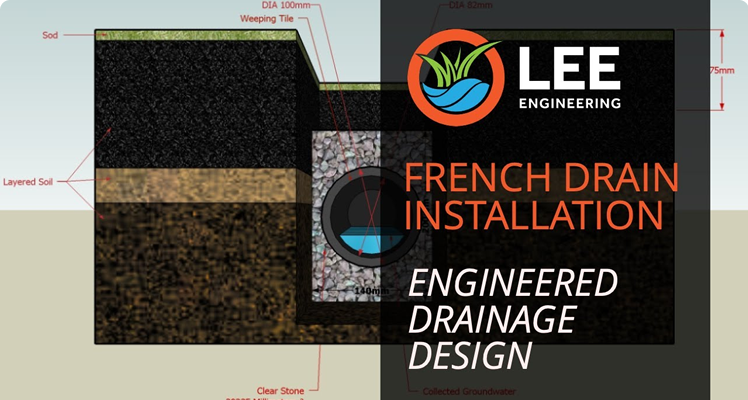Dallas Fort Worth French Drain Installation | Written By Tommy LaLonde, P.E.
Do you notice standing water or other drainage issues in your yard?
Tired of dealing with muddy foot tracks throughout your home?
Are you experiencing foundation movement?
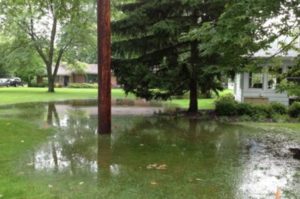
Residential yard drainage issues are not only inconvenient, but they can also cause damage to your home and foundation. On a positive note, many residential drainage problems in Dallas Fort Worth can be resolved with a strategic French drain installation, surface drain installation, or in some cases both. Keep reading for tips on improving your landscape drainage!
What is a French Drain?
French Drain – Although you may want to attribute this invention to the good citizens of France, the French drain actually gets its name from the design creator, Henry F. French. In 1859, the Massachusetts judge, French, literally wrote the book on farm drainage. He called it Farm Drainage. The techniques French detailed showed how to divert water away from the foundation of the building.
Are all yard drainage systems in Dallas Fort Worth French drains?
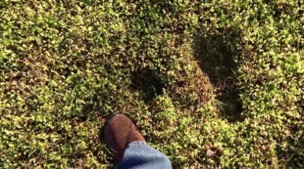
It amazes me that most people refer to ALL drainage systems they see in their yard as a French drain. However, this is usually not the case. A French drain system is most commonly constructed as a trench covered with filter-protected gravel containing a perforated pipe that absorbs extremely slow moving water from surrounding saturated soils. Both shallow and deep French drains are used on many North Texas properties to mitigate many issues.
What is Shallow French Drain Installation?
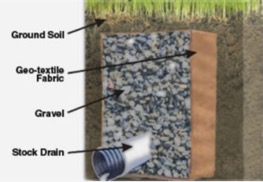
SHALLOW FRENCH DRAIN INSTALLATION – DALLAS FORT WORTH
A shallow French drain is most commonly used to rapidly dry soggy soils in flat yards that have little elevation change. By constructing shallow French drains in strategically placed locations, soils can dry more quickly while returning the landscape to usable space.
French Drain Installation Near Foundation
A shallow French drain can easily be a DIY project. However, extreme caution must be taken when placing French drains within fifteen feet of a house. This close proximity may require the composition of the French drain to be altered to avoid inadvertent foundation movement and damage to the house. As a precaution, consulting a licensed engineer for proper design should be considered to avoid costly mistakes.
What is Deep French Drain Installation?
A deep French drain is most commonly used in Dallas Fort Worth to reduce moisture migration beneath the earth’s surface — a common cause of foundation damage. The depth of a deep French drain necessary to mitigate such movement is site specific and influenced by many variables including but not limited to soil composition, topography, landscape, historical movement of the house being protected and the design and construction of the foundation system of the house.
A licensed engineer experienced in soil mechanics and foundation problems should almost always be involved in the design of a deep French drain to ensure minimal risk and optimum results to the future structural performance of the house.
The Value of a French Drain Installation is in the Details!
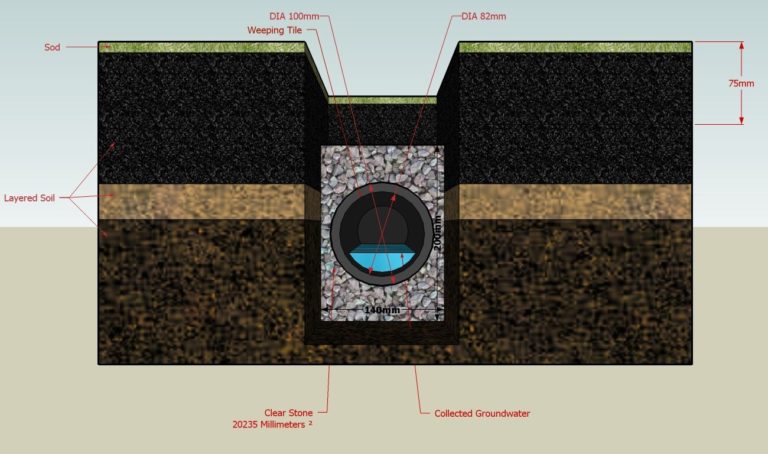
FRENCH DRAIN INSTALLATION IN DALLAS FORT WORTH. LEE ENGINEERING – SINCE 1971
Installing a French drain may seem like a simple task, but there is a science behind proper installation and design. Material composition is very important to the long-term performance of any French drain.
- Drainage Pipe Material: When installing French drains, the material of the drainage pipe is very important. We often see French drains installed by landscaping companies that have been designed with flexible plastic piping with holes, instead of a solid drain pipe. French drains installed using this method are extremely vulnerable to damage and tend to clog. Often, these drainage systems are useless after a short period of time.
- Drainage System Filtering: The gravel and perforated PVC pipe within a French drainage system should be surrounded by filter fabric to prevent sediment build-up within the gravel and pipe. This is a feature that is often ignored during many installations.
- Drainage System Design and Implementation: French drains rely on gravity to transfer water from point A to point B. Drainage systems that are not designed AND installed with the slope in consideration will fail to transport water to the desired discharge site. Minimum slope of French drain lines should be 1% or greater.
- Deep French Drain: Consult a licensed engineer as mentioned above.
French Drain DIY
While there are plenty of videos showing how to install a residential French drain, keep in mind that improper installation can lead to costly damages. And let’s face it – most videos on the internet likely work well in certain applications, but caution must be taken when constructing French drains within fifteen feet of our homes to avoid inadvertent foundation movement.
Another common mistake that homeowners make is hiring the “yard guy” or handyman to install French drains. If you decide to hire a general laborer or landscaper, be sure to gather design details prior to installation so you can voice any concerns.
In Conclusion
Shallow French drains can be a lifesaver when you are experiencing yard drainage issues. Deep French drains are typically necessary to mitigate foundation movement of our homes when dealing with subterranean moisture migration.
Whether you choose to DIY or hire a Dallas Fort Worth drainage professional, stay safe!
- Check for underground lining (Eliminate the risk of injury)
- Comply with all local building codes and ordinances
Lee Engineering provides custom drainage solutions for homeowners in Arlington, Fort Worth, Dallas and surrounding cities since 1971. For an estimate for residential French drain installation, call our office at 817-277-6022.

